Can I Breastfeed After a Breast Reduction?
Posted By:

Dr. Chris Schaffer
Read Time: ~ minutes

A breast reduction can be a major, life-enhancing procedure for women who suffer from the physical and emotional pain that can occur from having large breasts. While the procedure is not without risks, it is still considered to be a safe, effective solution to creating a smaller, more comfortable and more shapely breast. A common question we receive from women who are not finished having children is, “Can I breastfeed after a breast reduction?” If you share this concern, you have come to the right place for advice.
Breastfeeding After Breast Reduction Surgery
In short: Yes, it is possible for someone who has had a breast reduction to breastfeed. However, there are some risks and caveats to consider before undergoing breast reduction surgery. Namely, breast reduction surgery can result in decreased milk production and nipple sensitivity. Women tend to have a better milk supply if their reduction surgery has been carried out more than five years before pregnancy.
How Breast Reduction Surgery Can Affect Breastfeeding
There are a few different ways to facilitate breast reduction surgery. Keeping the milk duct system intact is paramount to preserving the ability to breastfeed. Incisions made under the breast fold to the armpit are less likely to result in difficulties breastfeeding. If nerves around the areola are cut or damaged during surgery, the chances of low milk production increase. Rest assured that the most common breast reductions leave the nipple attached while cutting around it. Nerves typically regrow and full sensation is regained in these cases. In cases of a “free nipple graft,” where the nipple is removed and then reattached as a skin graft, some sensation may return, but being able to breastfeed is unlikely.
Healing After Breast Reduction Surgery
It can take up to two years after breast reduction surgery for nerves to regenerate. In situations where milk ducts are severed during surgery, they can go through recanalization where they reconnect to one another or new transport pathways may develop. Lactation actually triggers the body to create alternate routes, so even in situations where milk ducts are severed, breastfeeding is not always impossible. Since there is no guarantee that milk ducts will heal or develop new transport pathways, it is important for women to understand the risks to breastfeeding that go along with breast reduction surgery.
Start Living Life Beautifully
Schedule a ConsultationBreastfeeding Tips for Women Who Have Had Breast Reductions
Strategies to increase milk supply are important for women who have had breast reduction surgery. The first two weeks after birth are the most critical for lactation—the more you feed the infant, the more the breast is stimulated to increase milk-making capacity. If the baby does not latch, consider using a breast pump to maintain this stimulation. Lactation experts are typically experienced in helping women who have had breast reductions with breastfeeding, and can be a wealth of information and support during this time. All methods of increasing milk production should be used: breastfeeding the baby, pumping, breast compression, relaxation techniques, herbal medicines and prescription medications if needed. Emptying the breast is important in increasing milk supply.
Is Breast Reduction Surgery Right for Me?
Allowing for several years between breast reduction surgery and pregnancy is paramount to a woman’s success in breastfeeding. Allowing the breasts and milk ducts the opportunity to heal is critical. Our board-certified plastic surgeon, Dr. Christopher Schaffer, is highly experienced in performing breast reduction surgeries and will offer his expert opinion on your unique situation. He understands the importance of breastfeeding and will always choose breast reduction strategies that preserve milk ducts and as much nipple sensitivity as possible. To schedule your breast reduction consultation, call our office at 205-278-7969.
Breast Reduction Gallery <p><small>Actual patients and results. Please note results may vary.</small></p>
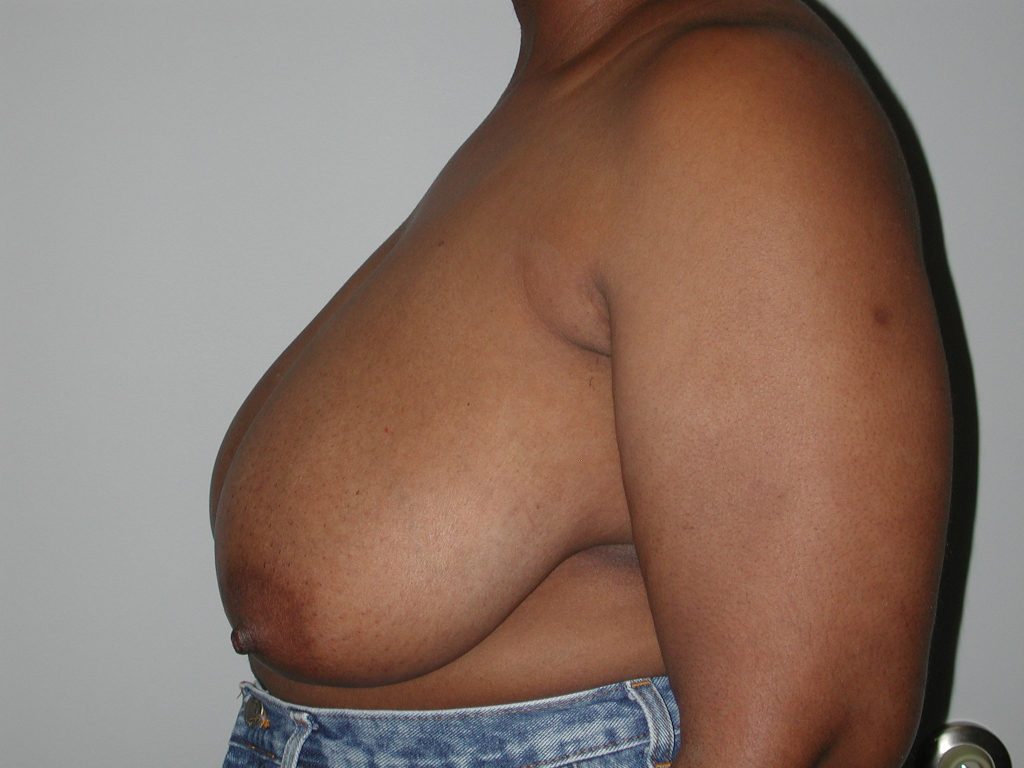
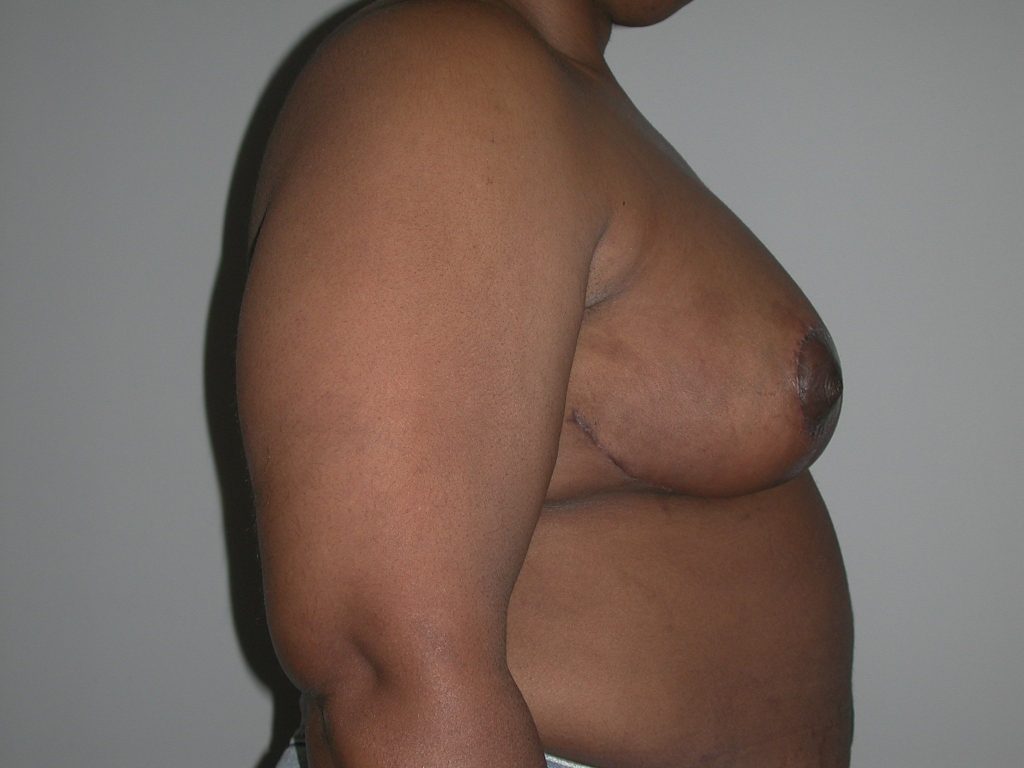

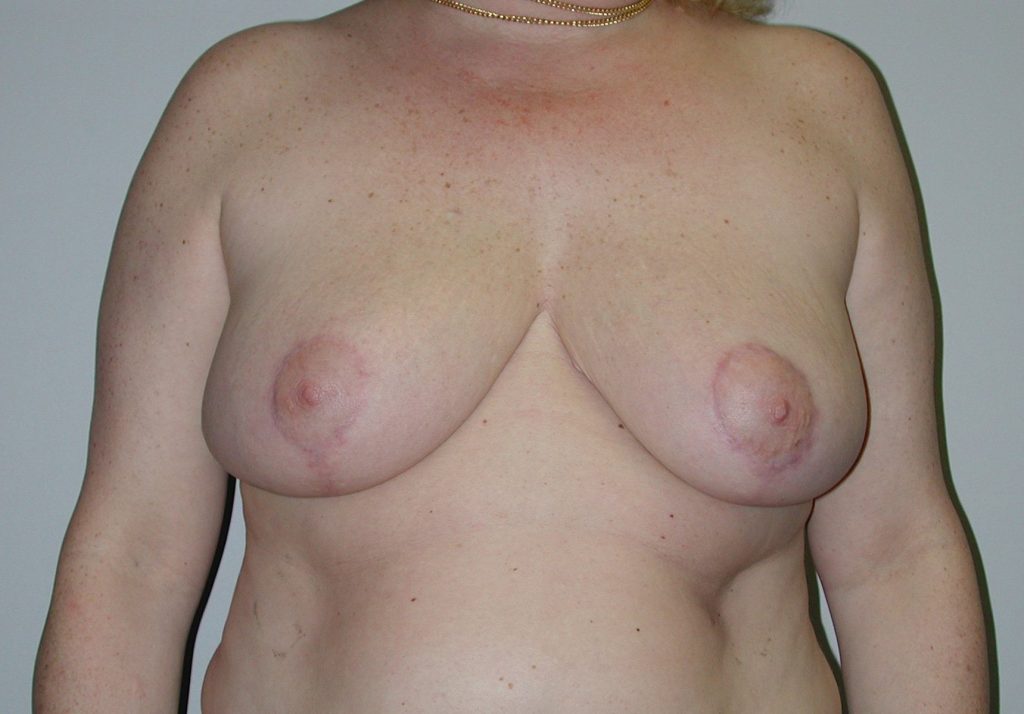
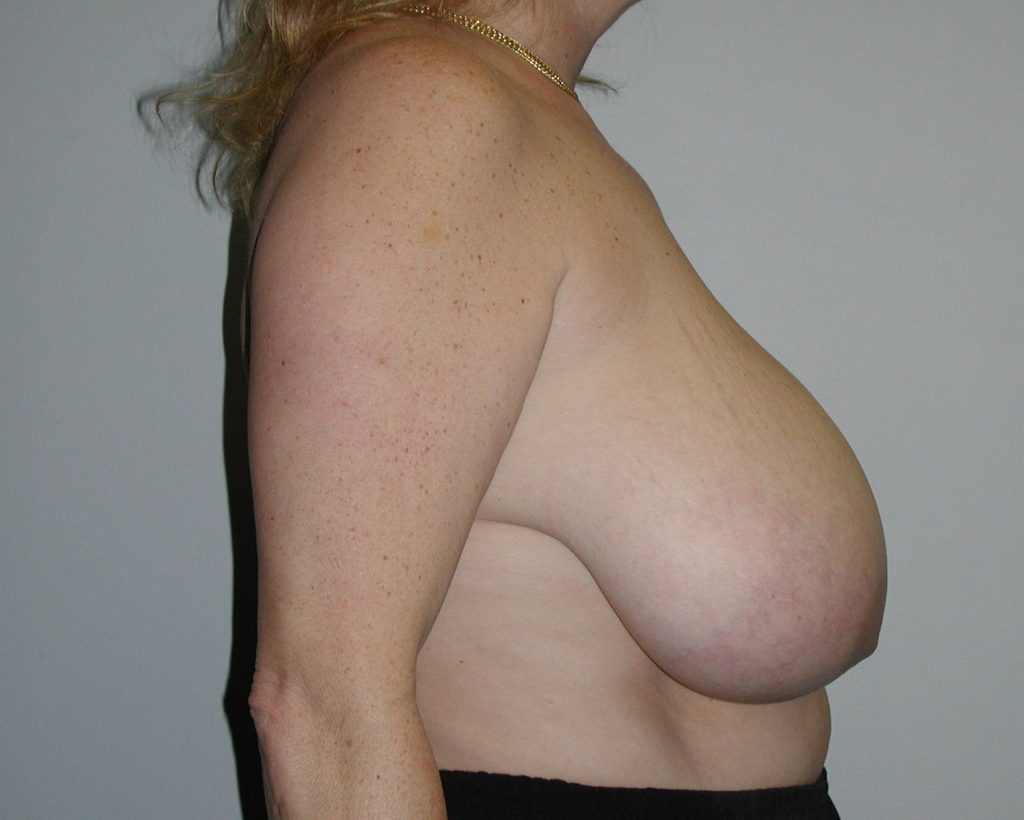
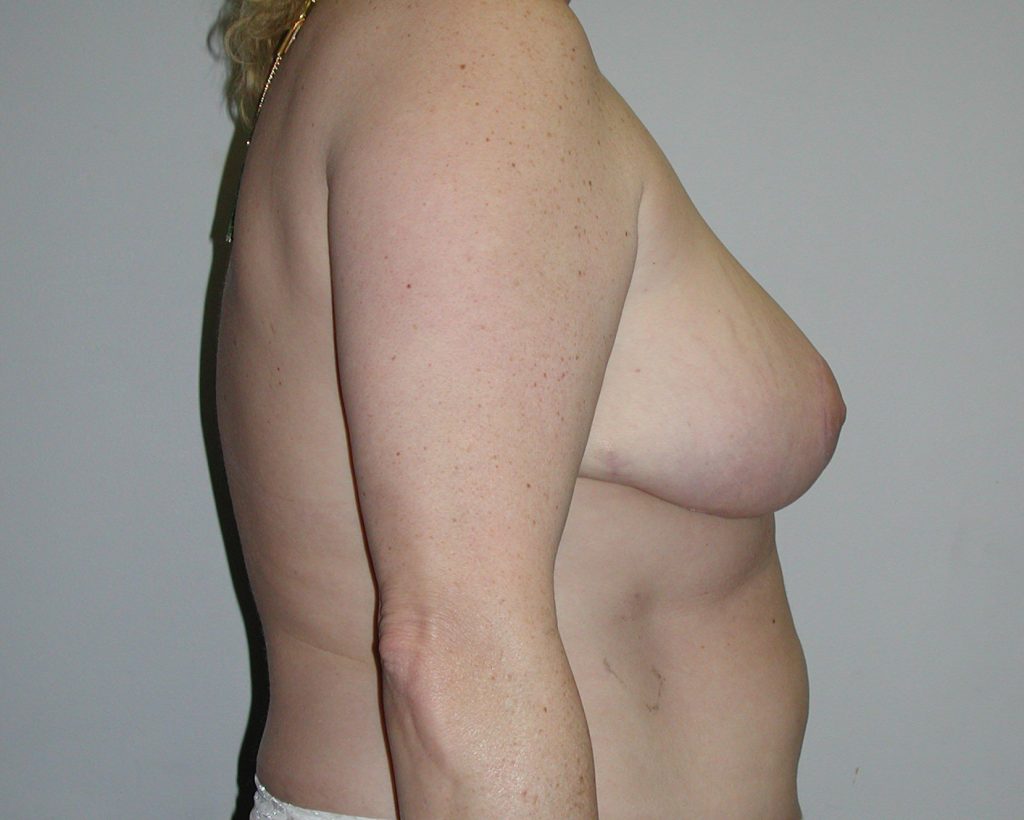
Gallery
View Gallery

